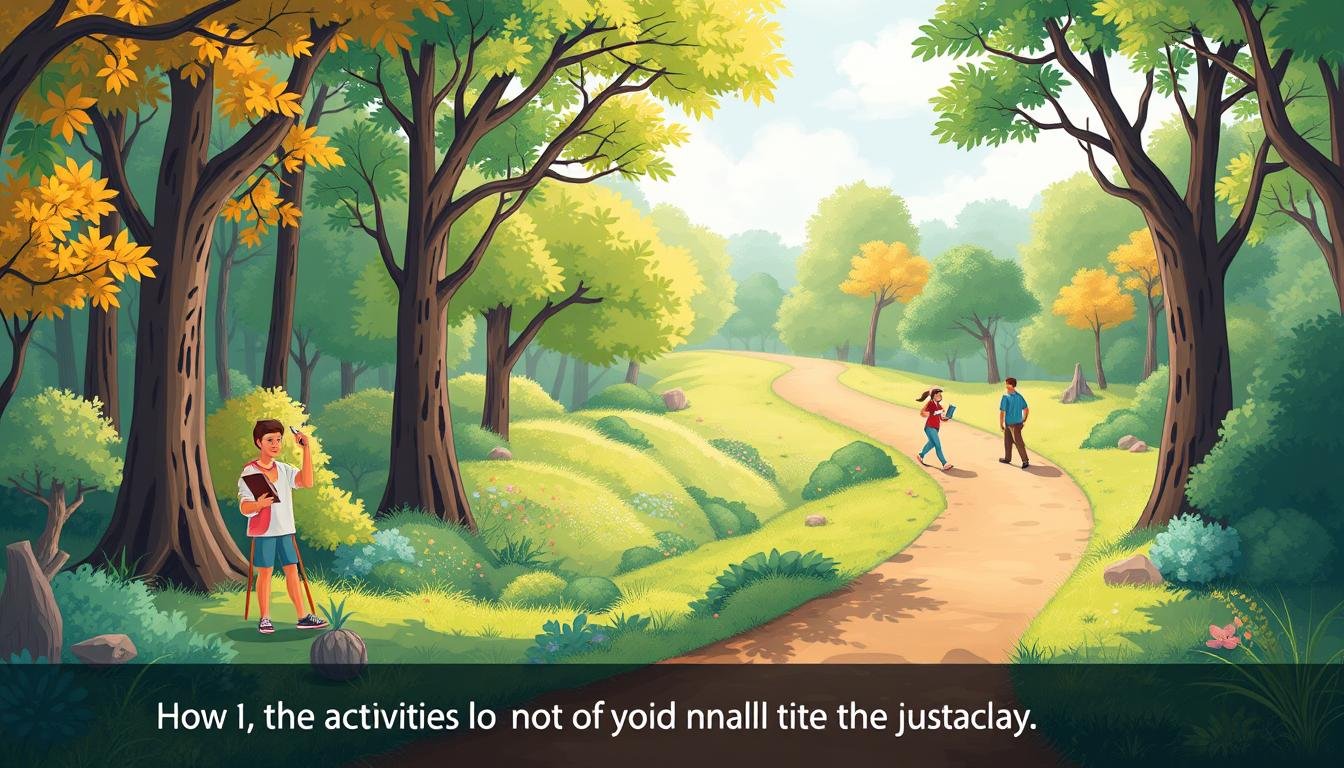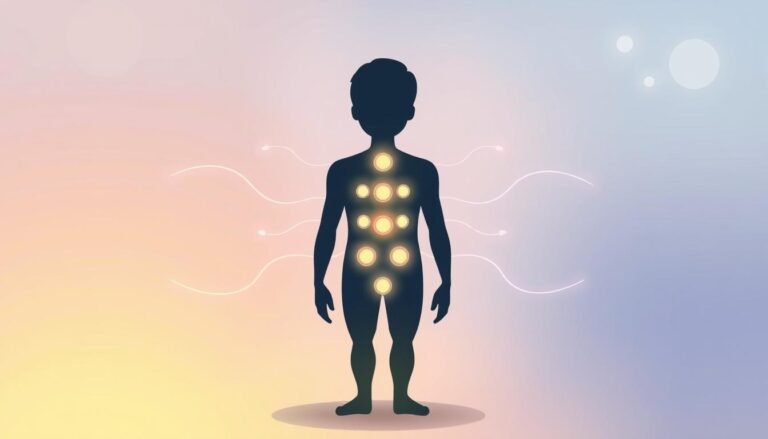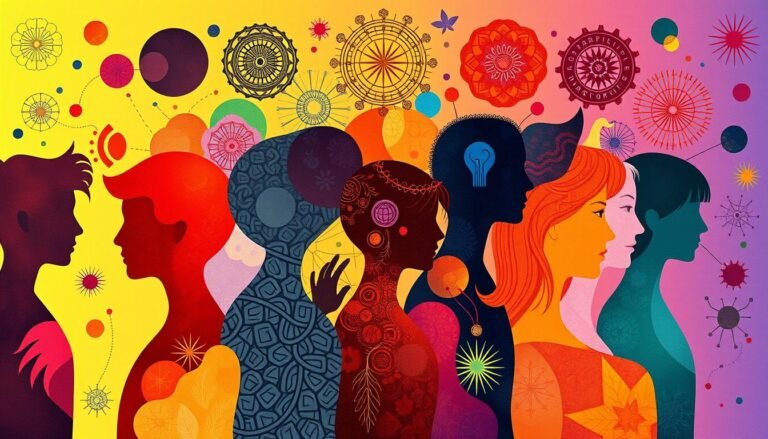Behavioral Activation: A Path to Better Mental Health
Can a simple change in your daily routine truly combat depression? This question is at the core of Behavioral Activation (BA). It’s a therapy that’s gaining attention in mental health. BA focuses on the present, not past issues, to improve mood.
BA is based on cognitive behavioral therapy. It helps break the cycle of avoiding activities seen in depression. It’s a structured way to engage in activities that bring joy and positive reinforcement.
What makes BA unique is its accessibility. It can be used in many settings, even by those not trained in mental health. This means more people can get help with their mental health.
Exploring Behavioral Activation further, we’ll look at its basics, methods, and how it works in real life. If you’re dealing with low mood or want to boost your well-being, BA could be the answer you’re looking for.
Understanding Behavioral Activation and Its Foundations
Behavioral activation is a key part of cognitive behavioral therapy. It aims to increase positive activities to lift mood and fight depression. This method is based on the idea that our actions greatly affect our mental state.
The Core Principles of Behavioral Activation
At its core, behavioral activation promotes doing rewarding activities. It uses positive reinforcement to encourage healthier behaviors. The aim is to stop the cycle of avoiding and isolating, common in depression treatment.
Origins in Cognitive Behavioral Therapy
Behavioral activation evolved from cognitive behavioral therapy. It blends cognitive and behavioral theories to tackle mental health issues. Studies show it’s as effective as other treatments for depression.
The Behavioral Model of Depression
This model shows how our actions shape our mood. It says changing our actions can greatly improve our well-being. By grasping this, we can find ways to fight depression more effectively.
| Aspect | Traditional Therapy | Behavioral Activation |
|---|---|---|
| Focus | Thought patterns | Actions and behaviors |
| Method | Analyzing thoughts | Increasing positive activities |
| Goal | Change thinking | Improve mood through action |
How Behavioral Activation Works to Improve Mental Health
Behavioral activation is a strong tool for managing depression. It aims to increase positive activities to lift mood and change behavior. This method helps people enjoy life more, feeling accomplished and happy.
The first step is to spot and understand negative behaviors and their causes. Therapists help clients find new, positive behaviors. They also plan for any challenges and set up activity schedules.
Studies show that behavioral activation really works:
- A 2019 study on older adults with depression found better symptoms after doing fun activities.
- Another study showed 30% of people using behavioral activation quit smoking in a year. This was more than those using CBT alone.
- It might be as good as antidepressants for severe depression.
The treatment usually lasts 8 to 24 weeks, based on how severe the depression is. Patients keep a daily log of their activities and mood. This helps them see what affects their mood.
| Activity Category | Examples | Benefits |
|---|---|---|
| Healthy Habits | Regular exercise, balanced diet | Improved physical well-being |
| Pleasant Experiences | Reading, gardening | Increased joy and relaxation |
| Social Activities | Meeting friends, joining clubs | Enhanced social connections |
| Mastery Activities | Learning new skills, completing tasks | Boosted self-esteem and confidence |
By using these strategies, behavioral activation helps improve mental health. It encourages positive actions and changes behavior. It helps people take steps towards feeling better and living a happier life.
Key Techniques of Behavioral Activation
Behavioral activation is a powerful way to fight depression and improve mental health. It uses three main methods: activity scheduling, functional analysis, and problem-solving skills. These tools help change how we act and encourage positive actions.
Activity Scheduling: Planning for Positive Engagement
Activity scheduling is key in behavioral activation. It means planning and doing positive things. People make a weekly plan, rating their mood for each activity.
This helps find out which activities make them feel better and match their values.
Functional Analysis: Identifying Behavioral Patterns
Functional analysis looks at how behaviors, their causes, and effects are linked. It uncovers why we do certain things. Knowing this, people can find ways to change and get better results.
Problem-Solving Skills: Overcoming Barriers
Problem-solving skills are vital for dealing with things that stop us from doing positive activities. This method teaches setting clear goals and breaking them down into smaller steps. It helps people feel more in control and less helpless, common in depression.
| Technique | Purpose | Key Benefit |
|---|---|---|
| Activity Scheduling | Plan positive activities | Increases engagement |
| Functional Analysis | Identify behavior patterns | Tailors interventions |
| Problem-Solving Skills | Overcome barriers | Builds resilience |
These methods are the base of behavioral activation, offering a clear way to better mental health. By using these strategies, people can start doing more positive things in life and fight depression.
Implementing Behavioral Activation in Daily Life
Behavioral activation is a powerful tool for improving mental health. It involves making lifestyle changes through goal setting, creating a balanced daily routine, and progress tracking. Let’s explore how to put this approach into action.
Setting Realistic Goals and Expectations
Begin by setting specific, measurable goals that matter to you. Rank these activities from easiest to hardest. This helps you see progress quickly and stay motivated. Remember, small steps lead to big changes.
Creating a Balanced Routine of Fun and Achievement
A well-rounded daily routine includes both enjoyable activities and responsibilities. This balance is key to maintaining good mental health. Try to incorporate a variety of activities across different life areas. This approach leads to a more fulfilling lifestyle and increased motivation.
Tracking Progress and Adjusting Strategies
Keep a daily log of your activities and mood. This practice helps you identify patterns and measure the effectiveness of your efforts. Don’t hesitate to adjust your strategies based on what works best for you. Celebrate your successes, no matter how small, to boost your motivation.
| Activity Type | Examples | Benefits |
|---|---|---|
| Fun | Reading, hiking, painting | Improves mood, reduces stress |
| Achievement | Completing work tasks, learning a new skill | Boosts self-esteem, provides sense of accomplishment |
| Social | Meeting friends, joining a club | Enhances support network, reduces isolation |
By implementing these strategies, you’re taking significant steps towards better mental health. Remember, consistency is key in behavioral activation. Stay committed to your goals, and you’ll see positive changes in your life.
Conclusion: Embracing Behavioral Activation for Long-term Mental Wellness
Behavioral Activation (BA) is a strong way to improve mental health over time. By 2030, about 20% of Americans will be 65 or older. This means more older adults will need help with mental health, making BA a crucial tool.
BA has been proven to work. A study found that it can make people feel better. It helps older adults fight depression and live healthier lives. This shows that by taking action, we can change our mood.
BA is special because it boosts motivation. By using BA, people can lead more meaningful lives. It helps them enjoy positive activities and connect with others. This way, BA not only helps now but also prepares us for the future, keeping our mental health strong.
Source Links
- Behavioral Activation Techniques for Better Mental Health
- Unlocking Motivation: Behavioral Activation in CBT
- Behavioral Activation And Depression – Peace Behavioral Health
- What is Behavioral Activation?
- What Is Behavioral Activation? – Child Mind Institute
- Behavioral activation
- Behavioral activation: How it works, examples, and more
- Could Behavioral Activation Help With Depression?
- Using Behavioral Activation to Overcome Depression | Psychology Tools
- Behavioral activation interventions for well-being: A meta-analysis
- Behavioral Activation | Article | Therapist Aid
- 8 Tips for Using Behavioral Activation to Treat Depression
- Behavioral Activation: Are You Using it Correctly?
- Behavioral Activation for Depression in Older Adults: Theoretical and Practical Considerations
- Behavioral Activation for Healthy Behaviors








